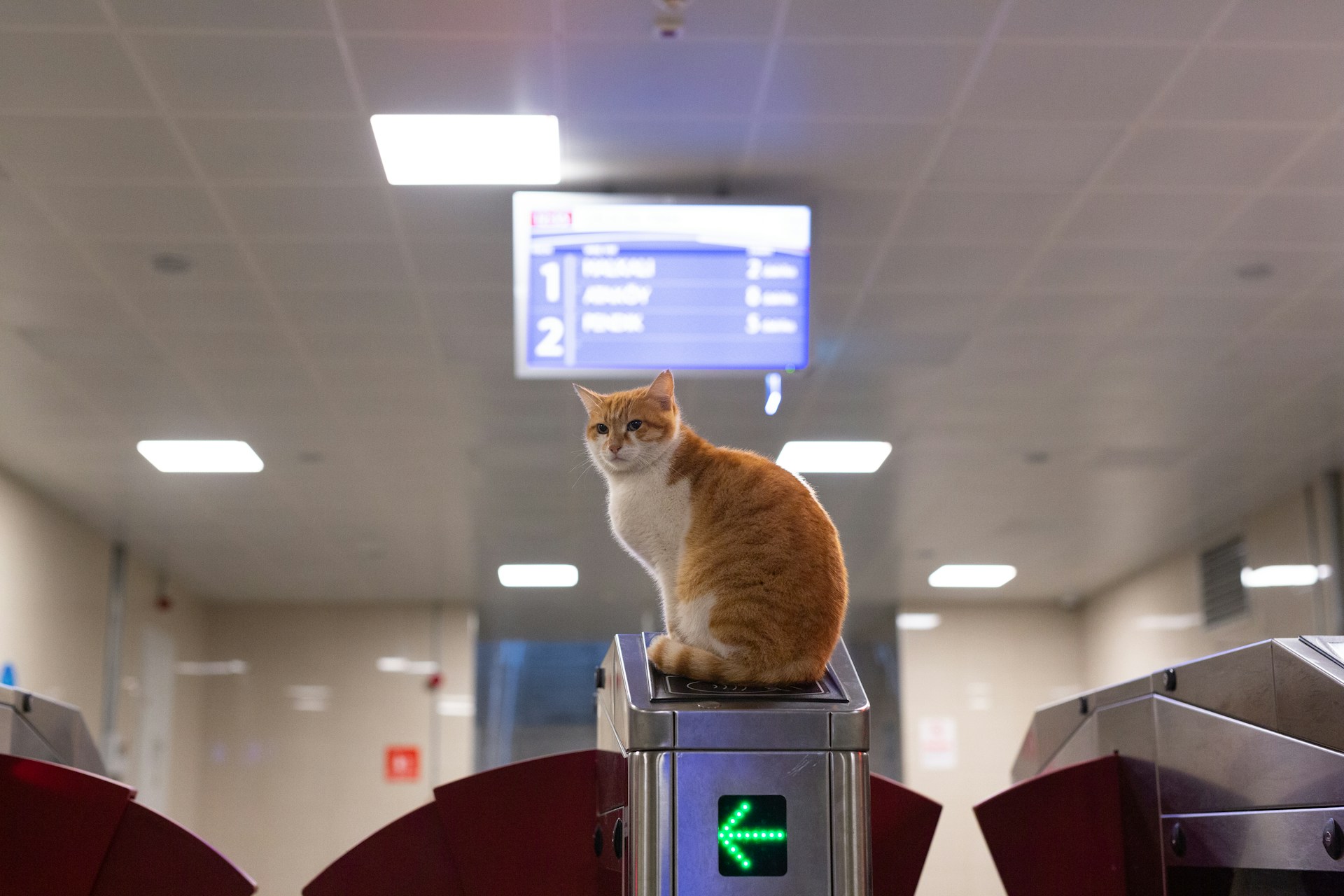Whether it’s picking up a stray from the vet or bringing a foster to their forever home, transporting a cat is a crucial part of rescue work — and one of the most overlooked. Done wrong, it causes stress, panic, and even injury. Done right, it becomes the first step in that cat feeling safe again.
Here’s how to make it easier on both of you.
Before the Transport
Choose the Right Carrier
It should be solid, well-ventilated, and never open from the top only. Avoid soft-sided carriers for nervous or strong cats — they can escape or damage the fabric.
Make It Familiar (or Neutral)
Line the bottom with a blanket or towel. If possible, use one that smells like where they’ve been staying. If not, clean and scent-free is better than something foreign or perfumed.
Cover the Carrier
Darkness reduces visual stress. A towel over the top calms many cats. Just make sure airflow isn’t blocked.
During the Ride
Secure the Carrier
Place it on the floor behind the front seat or secure it with a seatbelt. Never allow a loose carrier to slide or tip during turns.
Keep It Quiet
Avoid loud music, windows down, or sudden movement. Don’t speak too much unless you know the cat finds your voice calming.
Resist the Urge to Open It
Even if they’re meowing. Even if they seem scared. Keep the carrier closed until you’re in a secure, closed space.
When You Arrive
Give Them Space Immediately
Don’t force petting. Don’t pull them out. Open the carrier, step back, and let them exit when they feel ready. That choice matters.
Offer Familiar Scents
Have food, water, and litter ready — but don’t be surprised if they don’t eat right away. Let them explore on their terms.
Bonus Tips for Fosters & Adopters
- If possible, deliver cats in the morning so they have time to explore before nightfall.
- Leave a used blanket or toy from their last space — it helps continuity.
- Always update the new guardian on their stress cues and comfort preferences (e.g., “He hides in cardboard boxes,” “She likes being talked to softly, but not touched for the first 24h”).
It’s Not Just a Ride
Transport is part of the healing process. Every hand-off, every trip, every careful transition — it builds trust. It teaches the cat that, even in a box, they’re not being abandoned again.
And that might be the first time they’ve ever felt that way.


Leave a Reply